This is one of my favourite lessons of 2013. The topic was chosen by my Business English learners, as there has been a lot of debate in the German media about this issue recently, with refugees staging high-profile protests in Berlin.
Remember that Business English learners don’t always want to talk about business…
Uber-busy teachers can download the whole lesson plan here.
Before the lesson
I sent the learners this great video by Syed Safdar Ahmed, on refugees in detention in Australia. Here Syed connects his own life story to the plight of the refugees, and how art helps them to find a voice.
Comprehension questions that I emailed the learners were:
-What does Syed say about art at the beginning?
-What was he like at age 16?
-Why do you think that art was a ‘refuge’ for him?
-What happens to refugees claiming asylum in Australia? Why do you think this is?
-What’s the point of the Art Refugee project?
-Why does Syed say that art is important for the refugees?
The lesson
It’s been a long time since I used balloons in the classroom – far too long. There’s something about ‘balloon-ness’ which lends itself to a lesson – things can go up or down, be hard to pin down, light and airy.
A lot of metaphors have to do with this kind of thing – fly me to the moon, I feel light-headed, being on cloud nine.
1) I got the learners to brainstorm problems that refugees have to face. Responses included War, Poverty and Discrimination
2) Then we played a game in which learners simulate having to deal with all these problems – all at once. I gave them some balloons. They then had to write each of the problems on the balloons – one problem, one balloon.
Then I organised them into two teams, with all their balloons. Each team had one minute to try and keep all the balloons in the air. There were a series of frenetic attempts of juggling, hitting and trying to co-ordinate the team. The first team found this really difficult but by the end they were developing a kind of rhythm which improved their performance.
For the other team which had less people, this proved almost impossible. Afterwards I asked the two groups how they felt. The said that they felt ‘overwhelmed, helpless, and unable to control the situation’.
3) At the start of the lesson I’d put up on the walls an exhibition of factsheets from the British Refugee Council available here. These put to rest common misconceptions about refugees e.g. refugees are a drain on the social welfare system (they are actually net contributors).
I also included 3 articles from Der Spiegel International Edition (in English) about an ongoing refugee situation in Hamburg, where a group of asylum seekers had been given refuge in a local church but no permanent decision had been taken on their legal status.
4) I got the learners to walk around the ‘exhibition’ and write down items of vocabulary that they didn’t know on slips of paper– and put the words in the middle of the room.
This took about 20 minutes as there were lots of words/ phrases that were unknown, and several words came up again and again (e.g. to detain someone, accommodation, destitute). This exercise uses authentic material, it’s challenging, ‘refugees’ is a topic which invites learners to adopt a position and it’s bursting with language and collocations.
You could do this lesson with any group from B2 to C1.
Below are some photos of the vocab that came up:
Discussion/ Debate
5) Using elements of ‘A Debate Square for ELT’ (thanks Alex Grevett of The Breathy Vowel blog!) we prepared a debate on Refugees. The basic idea was simple – ‘For’ and ‘Against’. I gave each team a role and asked them to form arguments based on their position, using vocabulary and phrases from the previous stage. I gave them 10-15 minutes to make notes and formulate what they wanted to say.
Then, in preparation for the debate, I gave each team 3 empty cards (index card size). They then wrote down three phrases on the cards (1 phrase on each card):
- 1 phrase for agreement
-
1 phrases for disagreement
-
1 phrase for failure to understand.
Having the learners make the cards is really important, as they’re much more likely to buy into the exercise and it saves you time! Of course, you can check the phrases for accuracy.
6) The debate. Each team had two minutes to give their arguments. During that time the other time could not talk BUT they could communicate by holding up one of their cards.
I made a note of the cards that they held up and after the two minutes we went over what had happened (‘Why did you fail to understand this point here’). The BRILLIANT part about this stage is that even though there’s a debate both teams are communicating with each other. .
Both teams took on their ‘For’ and ‘ Against’ roles with a lot of gusto, and there was a lot of language produced. Afterwards I gave some feedback on the language used, both good usage and some points for correction.
8) Plenary/ Wrap-up We went over some of the main points of the lesson, and I tried to repeat some of the vocabulary here. I asked the class if they had learnt anything new and interesting about refugees and the answer was a resounding ‘yes’, the topic was very stimulating! Later on, I put the vocab onto quizlet, in two sets, here and here.
Then I asked the learners ‘What am I going to do with all these balloons – I can’t take them home?’. The learners then started throwing them out of the window – which I thought was a fitting concept on which to end the class – liberation!
Conclusion
I feel like the concept and practice of Decentralised Teaching and Learning is starting to become embedded now with this class, I just need to find ways of expanding and deepening the concept.
I’m still keen to get more learner content, so I’m going to try and design more lessons where the learners take charge, and also encourage more learner involvement.
Overall, I really enjoyed this particular lesson and I know that the learners did too.
Five things you didn’t know about Refugees
Oh, I nearly forgot! Here are five things you didn’t know about refugees – based around myth and reality:
1) There are far too many ‘bogus’ asylum seekers – There is no such thing as a ‘bogus’ asylum seeker. Under international law, anyone has the right to apply for asylum in any country that has signed the 1951 Convention relating to the Status of Refugees.
2) Europe (or more generally, the ‘West’) takes in far too many asylum seekers – In fact, around 80% of the world’s refugees live in developing countries. Europe looks after only 16% (UNHCR Global trends 2011).
3) The UK is too ‘soft’ on asylum seekers – In the UK, 30% of the people who applied were granted asylum, whereas in other countries the rates are much higher i.e. Switzerland or Finland where over 70% of claims are successful (UNHCR Statistical yearbook 2010)
4) Refugees are a drain on the public purse – In fact, immigrants, including refugees, pay more into the public purse than people born in the UK (Institute for Public Policy Research, Paying their way: the fiscal contribution of immigrants in the UK, 2005)
5) Refugees have no skills and offer nothing to their host country. In fact, refugees are often very highly skilled in their own countries. Around 1200 medically qualified refugees are recorded on the British Medical Association’s database (BMA/ Refugee council refugee doctor database – March 2010).
Moreover, it costs around £25,000 to support a refugee doctor to work in the UK, training a new doctor costs over £250,000.*
Conclusion
I hope that you liked this lesson – if you use it with your learners drop me a line.
Here are also some famous UK refugees! Full points for guessing all of them…
*Reaping the rewards: retraining refugee healthcare professionals for the NHS, October 2009 NHS Employers, BMA Jan 2013.

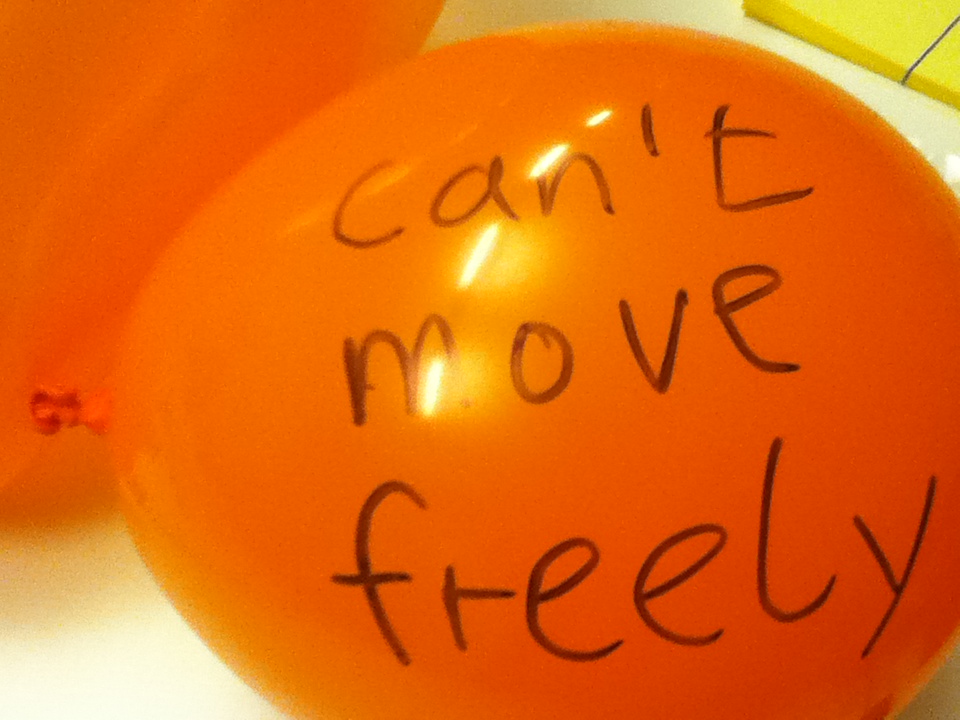
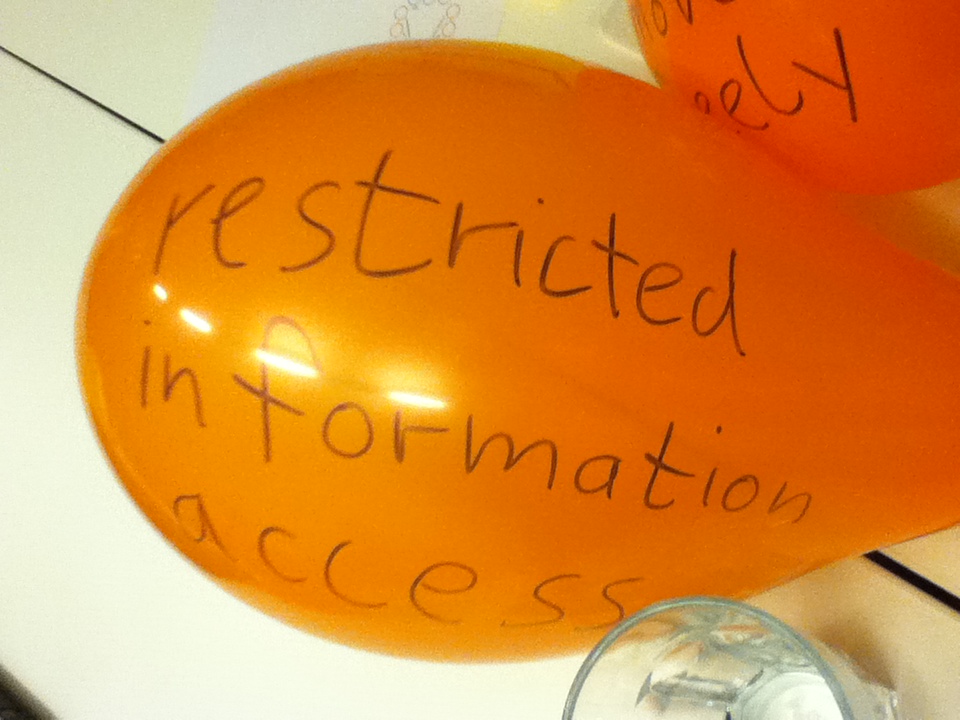
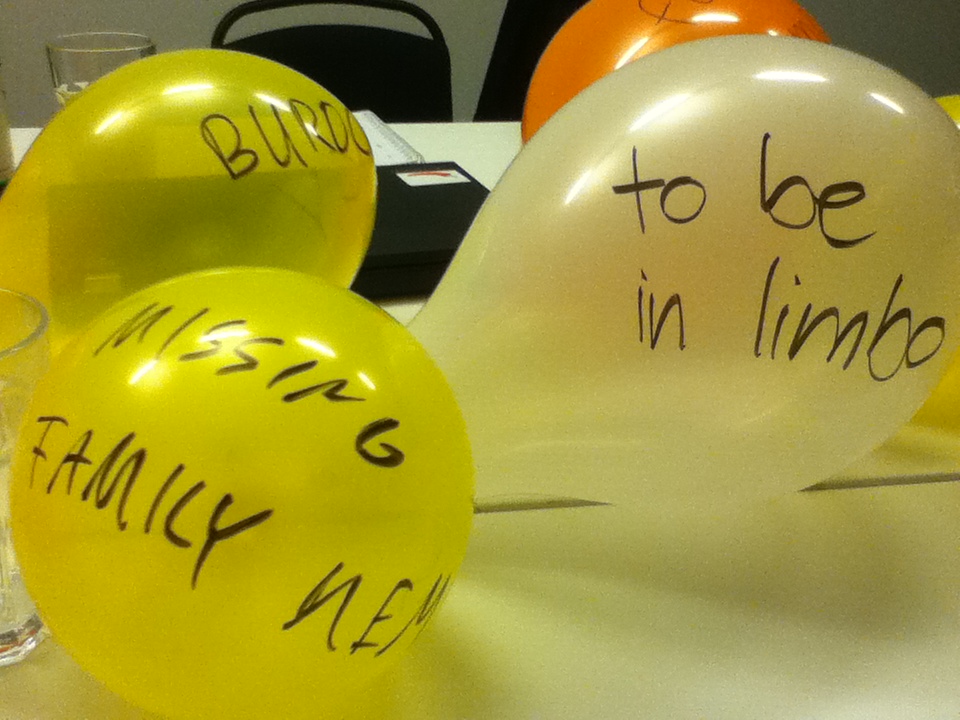
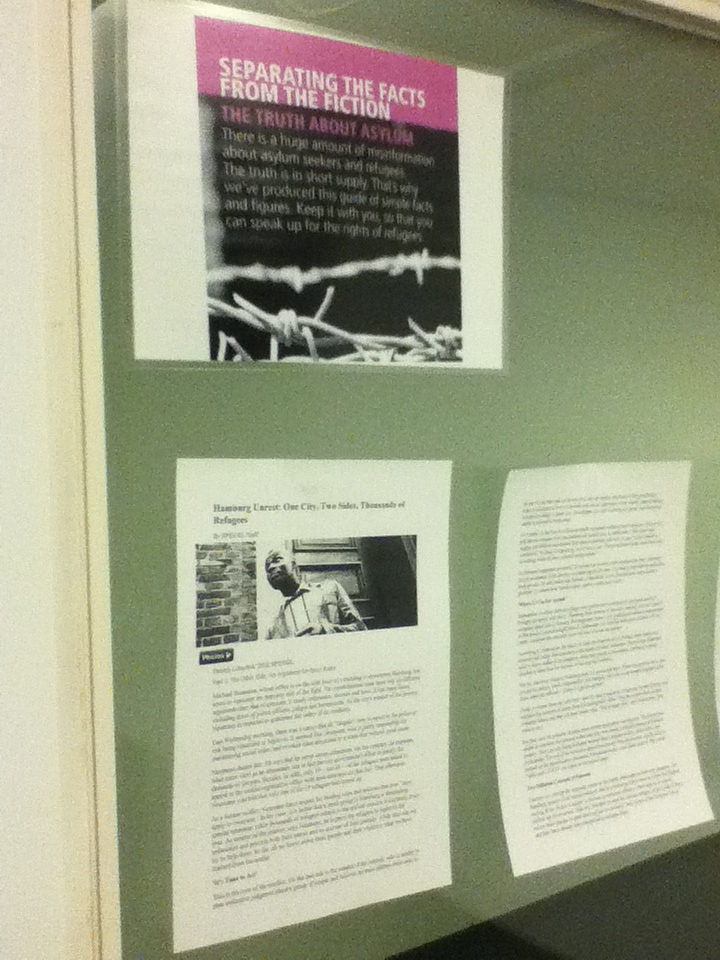
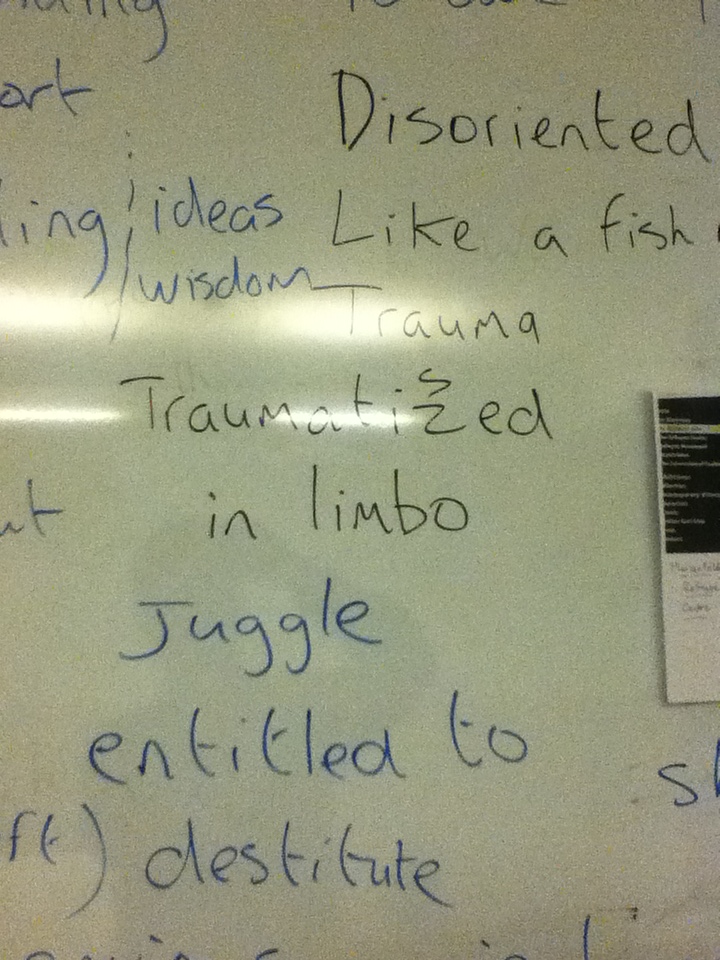

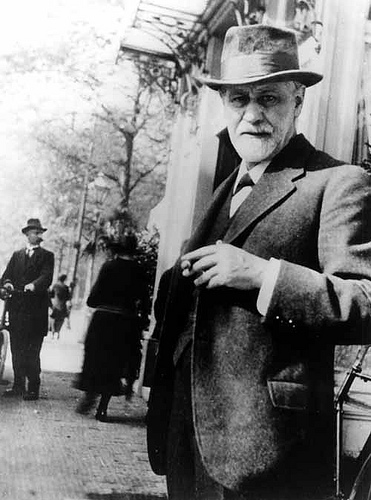

What a great and inspiring lesson. I’m glad to see my ideas being put to such good use. It’s cheered me up no end. Thanks,
Alex
Thanks for commenting Alex!
Over the years I’ve had a lot of debates fall flat, so when I saw your ‘Debate Square for ELT’ I thought it had a lot of potential. Just the fact that learners can communicate during the other team’s turn makes it a great activity.
In the lesson it worked really well – so thank you for the idea,
paul